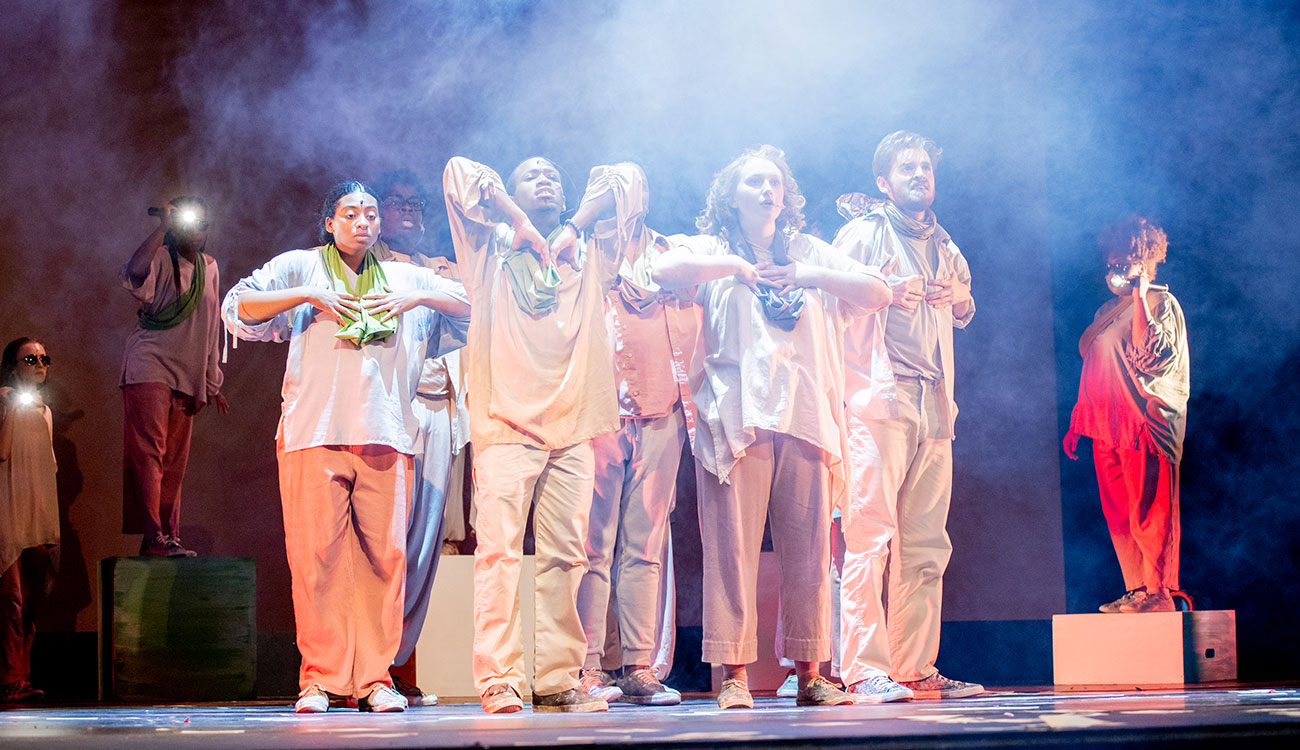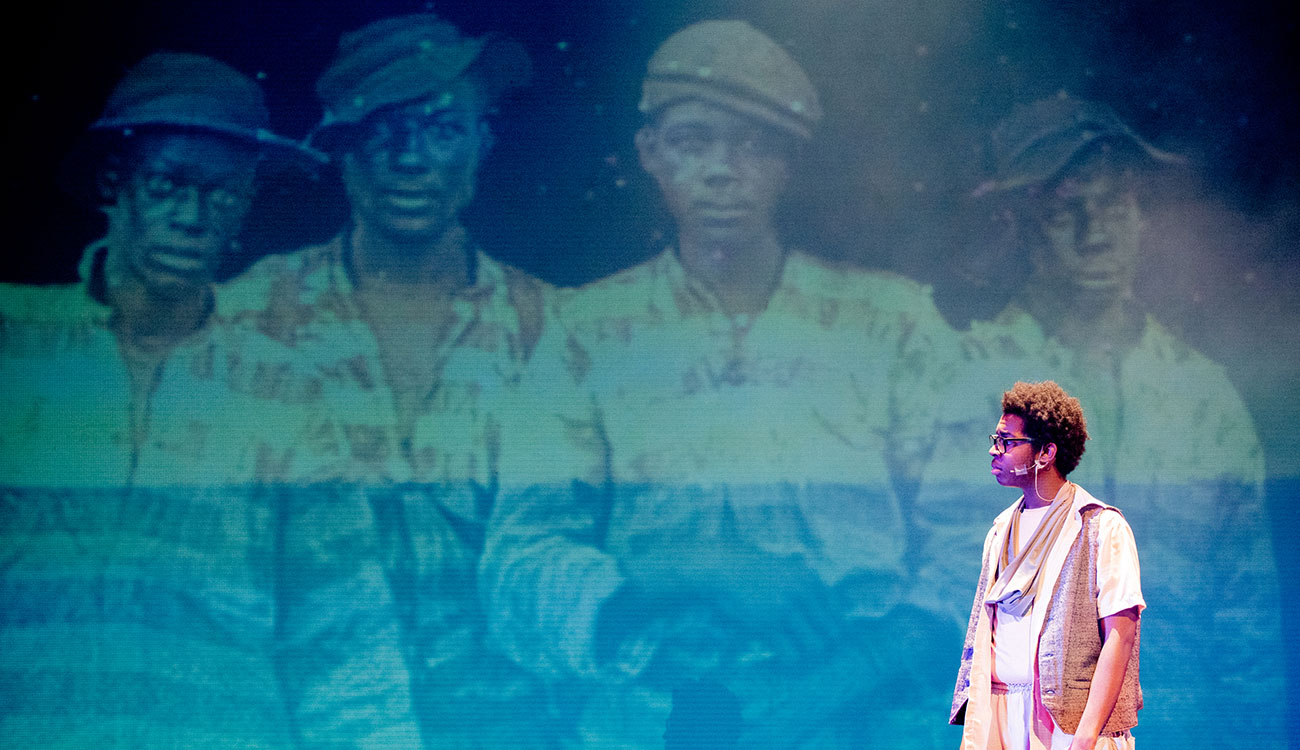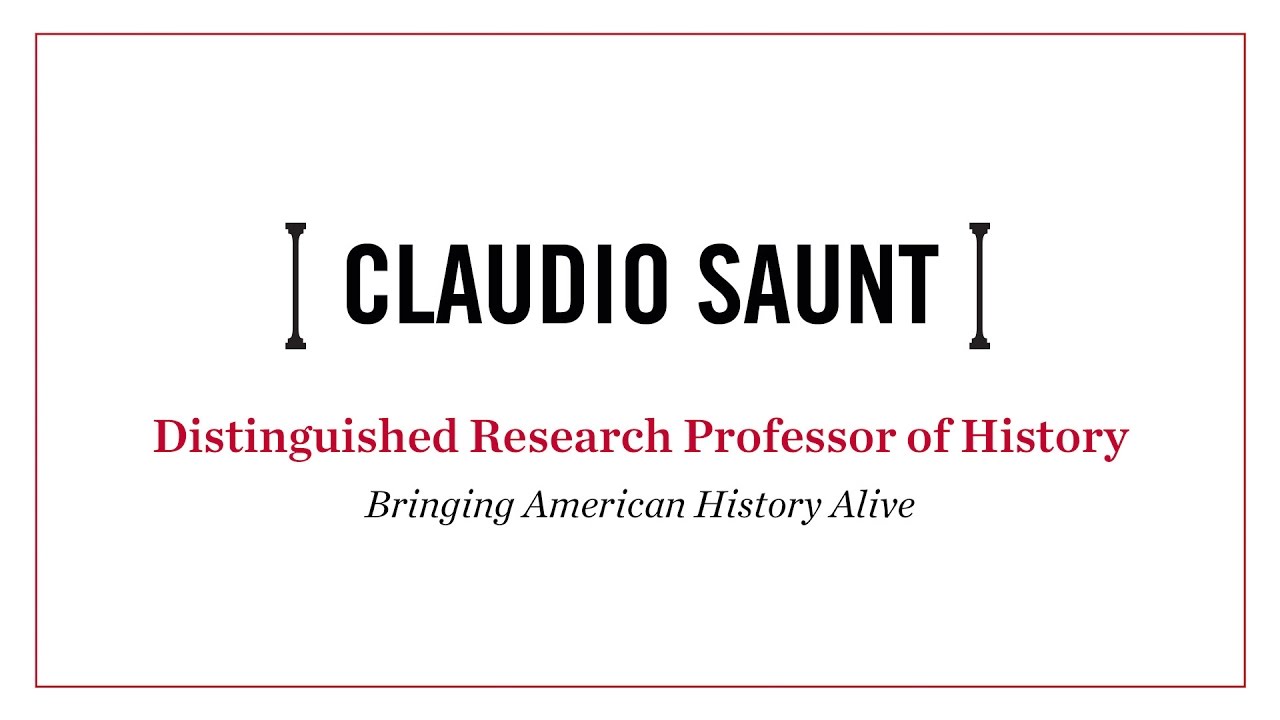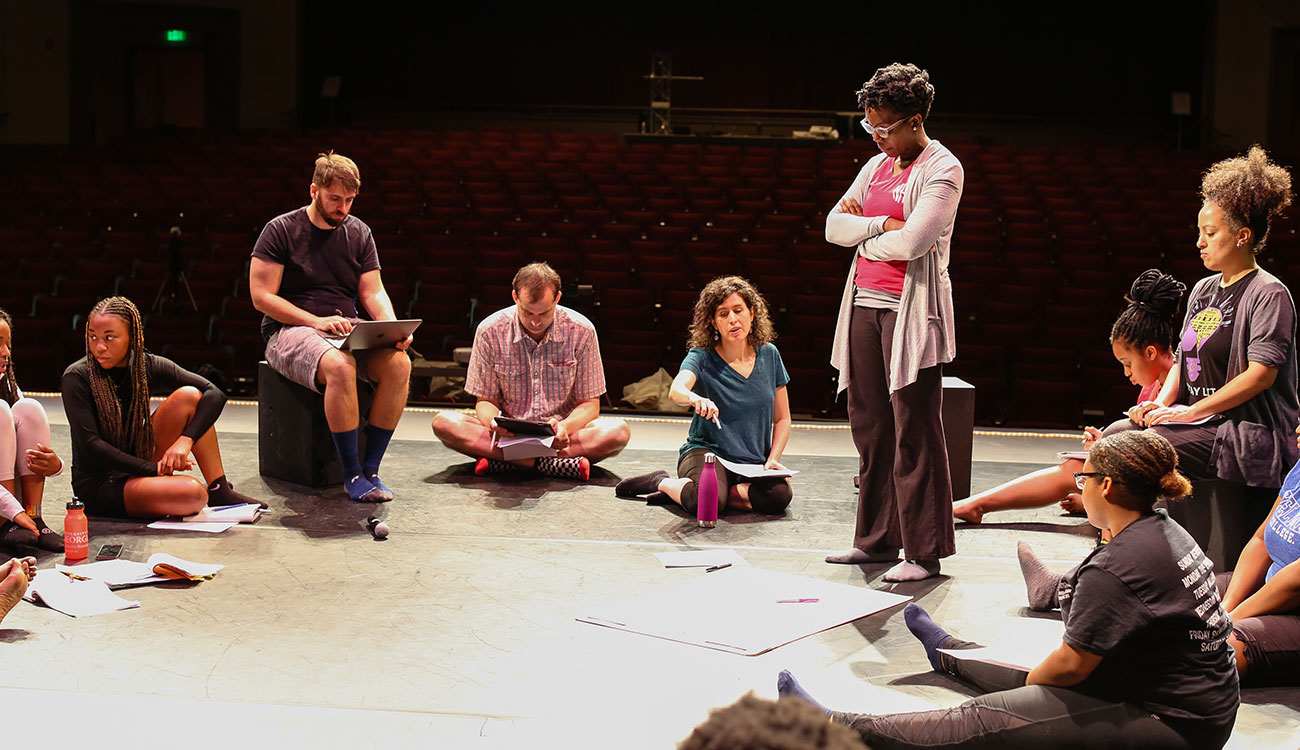
The exhibit, displayed during fall in the Hargrett Library’s gallery at the Richard B. Russell Building Special Collections Libraries, explores the consequences of the 13th Amendment, which freed thousands of enslaved people and outlawed forced labor except as punishment for a crime. Utilizing this loophole, Georgia and other Southern states legalized the leasing of prisoners for profit to private individuals and companies beginning in 1866. In 1908, the Georgia General Assembly abolished the convict lease system but soon after implemented the chain gang system, which also put prisoners to work until the system was officially abolished in 1945.
As Serafini delved into penitentiary reports, lease contracts, correspondence, newspaper articles, photographs and other materials in the Hargrett collection to create the exhibit script and materials, exhibit coordinator Jan Hebbard shared the work with Amma Ghartey-Tagoe Kootin, an assistant professor with a joint appointment in the Department of Theatre and Film Studies and the Institute for African American Studies.
The Hargrett exhibit was curated by Sidonia Serafini, a doctoral student in English, who delved into penitentiary reports, lease contracts, correspondence, newspaper articles, photographs and other materials in the library’s collection. (Photo by Shannah Cahoe Montgomery)
“Dr. Amma,” as she is known to her students, participated in the inaugural class of the University Libraries’ Special Collections Fellows in the 2015-2016 academic year. During her fellowship, she worked with Hebbard and Severn, archivist for the Russell B. Russell Library for Political Research and Studies, to create a course called “Performing the Archives,” where students explore original materials from the Libraries’ special collections and adapt those materials into a live performance.
Hebbard saw the incarceration exhibit as another opportunity for collaboration, and Ghartey-Tagoe Kootin, who had been discussing a partnership with UGA’s Emily Sahakian and Spelman’s Keith Arthur Bolden and Julie Johnson, presented the idea to her colleagues. From there, [The Georgia Incarceration Performance Project] was born.
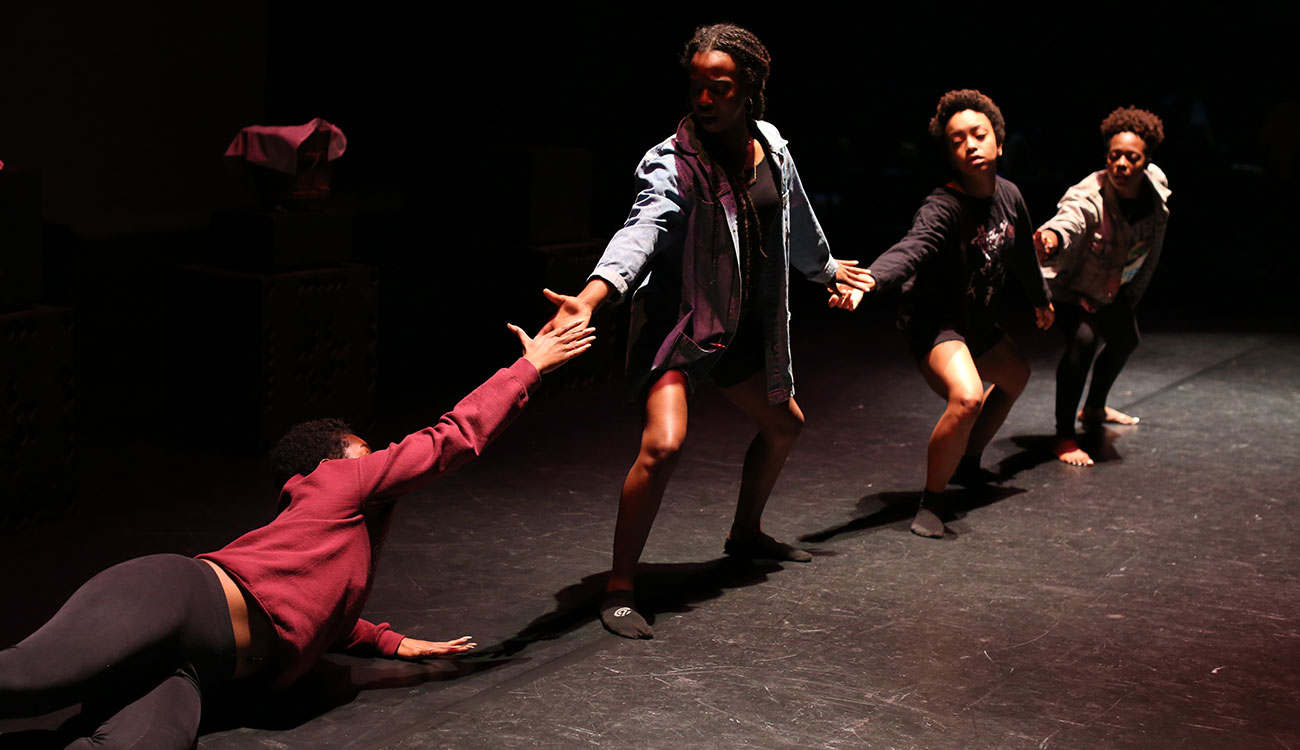
“The timeliness and urgency of this exhibit are palpable,” the four wrote in the program for the play “By Our Hands.” “But how do we gather a community of Georgia residents to openly look at and discuss this difficult past (and present)? How do we honestly negotiate our own relationship to incarceration, issues of race and the impact of forced labor on our everyday experiences as Georgians? How can we explore the cultural memories of this history that live and move in our bodies? Encountering the archival material in the exhibit’s display cases, how can we make a human connection to the inanimate archival objects of this felt history?
“We turn to performance,” they concluded.
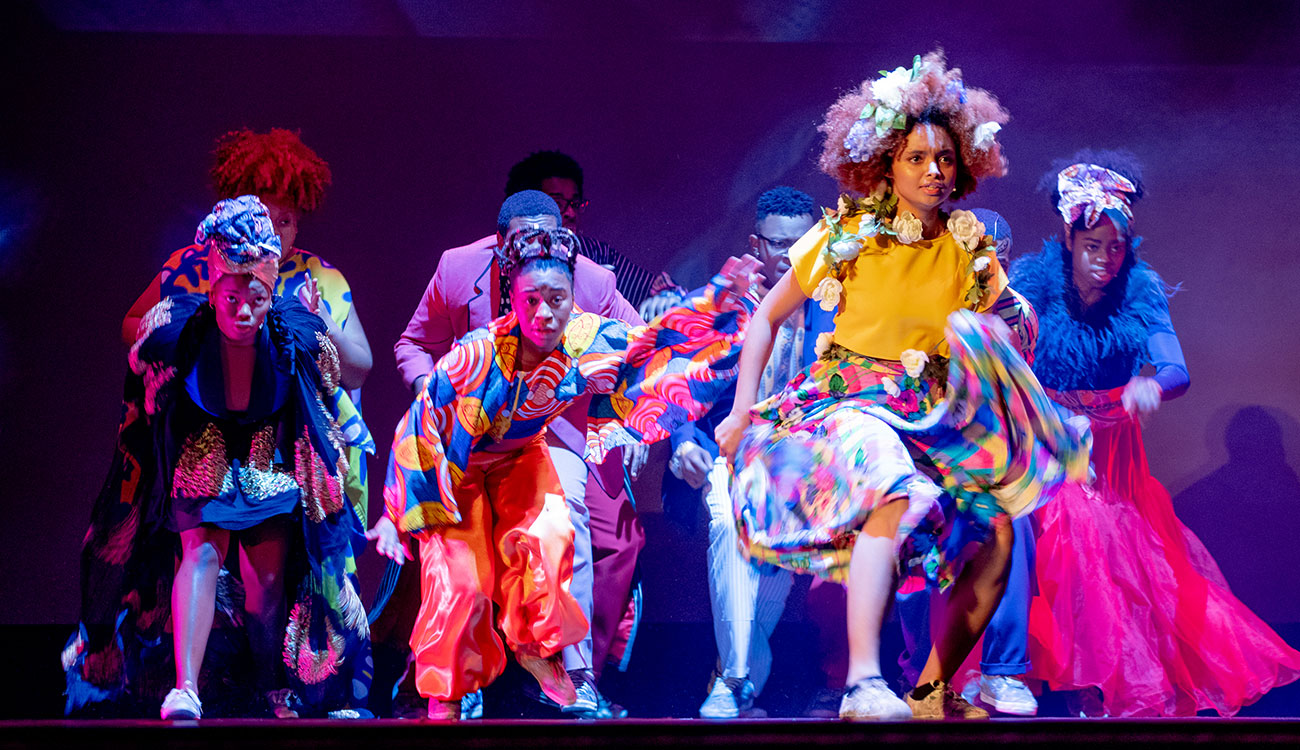
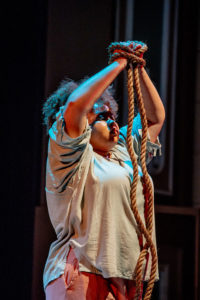
The script, choreography and more were developed in about a half-dozen courses across the two campuses, including a special Maymester course, where faculty and students utilized the co-directors’ various performance techniques (for example, Ghartey-Tagoe Kootin’s performance-centered methodology) for analyzing, discussing and inhabiting archival material. They also collaborated with incarcerated students taking college classes through Common Good Atlanta.
As the project moved forward, Severn, along with fellow archivists Chuck Barber and Mary Miller, often met with the classes.
“We knew our students would be so enriched by the experience,” Ghartey-Tagoe Kootin said of using historical documents to create a dramatic performance. “A devised process is not for the weary and the timid. It takes a lot of work and a lot of courage. At the heart of it all, which was never lost, was the archive, was this exhibit.”
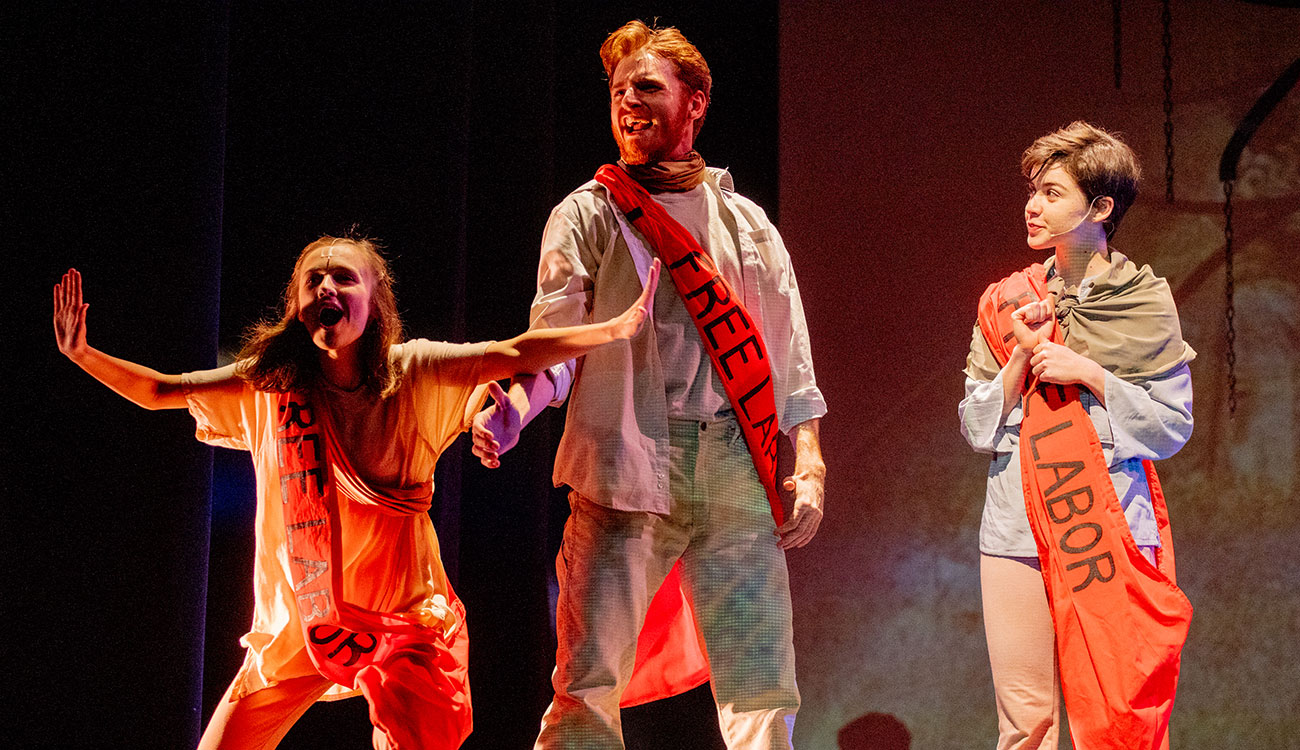
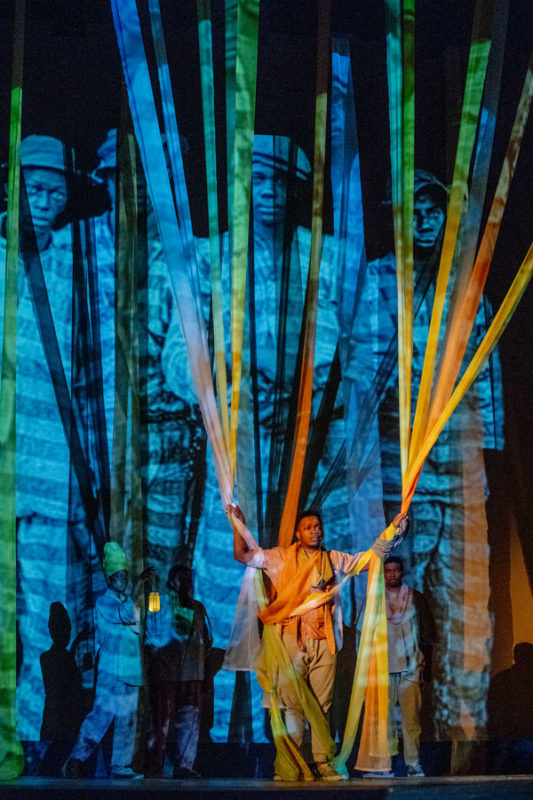
As the fall 2019 semester began, the project moved into the production phase, and collaborators could often be found testing out material for the exhibit inside the Hargrett Gallery.
“The archivists almost act as executive producers, as artistic directors. It’s quite interesting to work with them,” Ghartey-Tagoe Kootin said.
In November, the final product, a play titled “By Our Hands,” premiered as part of the University Theatre season during UGA’s 2019 Spotlight on the Arts Festival. This month, it will be presented in the production seasons of Spelman Theater & Performance and Spelman Dance Performance & Choreography.
For more information, visit https://www.juliebjohnson.com/the-georgia-incarceration-performance-project.html.
